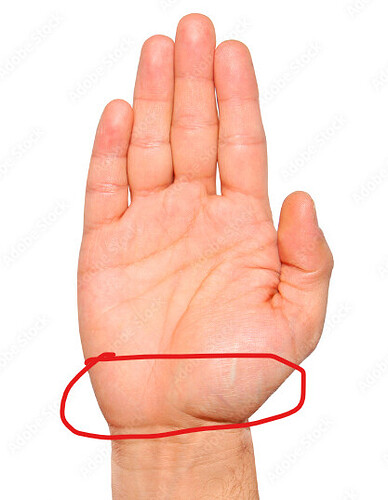Sorry I want to be a little boring also today 
I think my advice above was a little misunderstood. I don’t think the advice “do what feels natural” is particularly good either, because we see a lot of people for whom inefficient technique (like string-hopping) has become “natural”.
No, what we try to do is explore the efficient motions that the player can do, but maybe they haven’t yet figured out how to apply them to guitar playing.
It is true that most of the time the result of this is a single escape picking motion, and more often than not it may be a DSX one. Once you have that, we believe it is extremely important to develop a varied vocabulary exploiting this primary motion.
This can just be the starting point of course, I’m not saying that players should give up on finding other motions that can increase their vocabulary.
But there are big risks in skipping that first important step, limiting as it may seem (spoiler: it’s not very limiting, especially if you learn to augment your primary motion with other “tricks” like hybrid, sweeping and legato). The desire to “play anything” can paradoxically hamper your progress much more than accepting the limitations of your immediately available technique.
EDIT: I forgot to say that I am a massive fan of Final Fantasy music too (and videogame music in general)!!






 I’ll take
I’ll take
